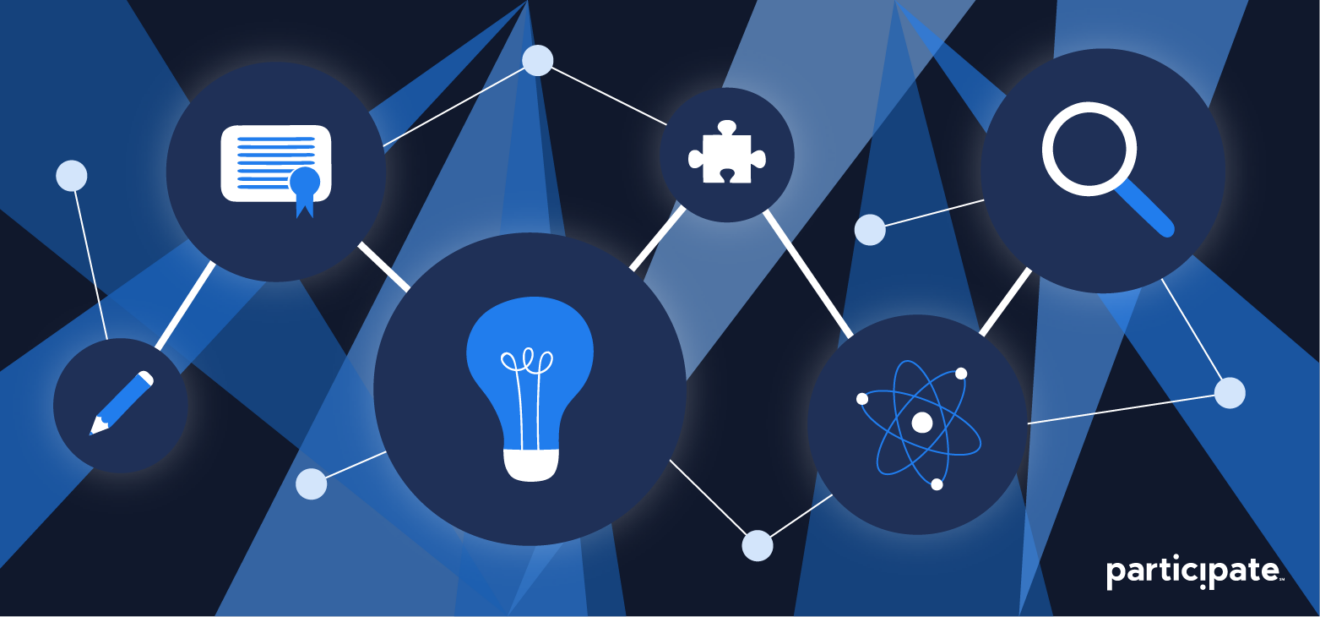This post has been sponsored by Participate.
A passion for engaging students with new skills, knowledge and experiences is what educators dedicate their lives to accomplishing. Yet, when it comes to the professional development (PD) programs for those educators, passion is sometimes lacking. How can districts implement PD programs that address real needs of both the student body and educators — and do it efficiently?
As you’re designing PD programs this school year, here are some questions that might arise:
How do I offer PD that respects educators’ time?
As educators, we all know the biggest challenges when designing PD are time and budget. Any time and funds spent on PD really need to be useful and applicable to educators.
Teachers are more open to learning opportunities when they’re embedded in their day-to-day schedules, so we must reframe our notion of after-school or Saturday trainings. Learning new instructional strategies from peers, grade level or content planning sessions, observing another teacher or co-teaching with an instructional coach — all of these activities can take place during the typical school day and provide valuable learning opportunities based on educator interests.
Professional learning is all about supporting teachers by identifying areas for growth and providing ways to encourage that growth in an embedded manner. Education leaders and learning experience designers can leverage the voluntary steps people take to deepen their own understanding and support learners as they transition from passively cooperating in learning opportunities to collaborating and taking action in shared learning experiences. Consider the online, in-person or blended opportunities your educators seek out and how to provide opportunities that meet their time and interests.
Where do I begin when trying to plan differentiated learning opportunities?
One form of teaching doesn’t work for all students and the same concept applies to professional learning. To plan differentiated learning opportunities, you must first understand your learner personas. Are your educators practical problem solvers? Do you have more community collaborators? Maybe a majority of your educators are curious scholars. Once you have an understanding of your learners, you can develop personalized pathways of growth for each persona. This can be accomplished via online chats, Communities of Practice and professional learning networks, action research projects or even informal conversations. Each learning product or outcome may look different according to an educator’s individualized experience, and that’s ok. Provide a community for learners to share what works for them and how they plan to implement their learning into practice. Here are some suggested learning activities to inspire each of your learners.
How do I measure the success of PD?
Assessing the impact of a professional learning is neither a quick nor an easy task. After implementing a change, some educators and learning experience designers want to see an immediate impact. While learning is an iterative, continuous process, there are several areas that can be examined to assess the effectiveness of a strategy, including increased collaboration among teachers, cultivation of school-wide resources, a boost in engaging lessons for students and overall morale of educators. It’s important to remember that the success of professional development is not measured by course completion rates–rather, the focus should be on meaningful learning and collaboration that extends beyond a learning experience.
Applying these methods will ensure educators are as involved and invested in furthering their education as they strive for their students to be.
Want to learn more? Hop on a strategy call to design meaningful professional learning opportunities for your district or organization.
